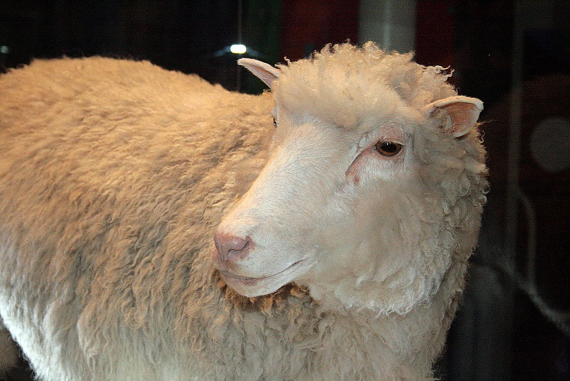6.0 Introduction
Dolly the Sheep
In 1996 Dolly the sheep became the first successfully cloned mammal. There was no addition of DNA from a father, no genetic “mixing,” just an identical copy of DNA from a mother. This accomplishment means many things, including the fact that we currently have the technology to mass-produce hundreds of copies of what seem to be the best and healthiest livestock.
But the scientific community seems to have little interest in setting up giant cloning labs. Instead, sex is viewed as desirable over asexual reproduction, or cloning. But why risk making a potentially inferior child when an ideal parent is available? With current genetic technology, humans can rewrite the genetic code of sheep. We have the capabilities to impart disease resistance, increase meat production and soon, we may be able to eliminate genetic disease. Why don’t we just make a “super sheep” and copy it thousands of times? What does sex do for individuals, particularly to their genetic code, that’s too important to replace with a really cool cloning lab?


